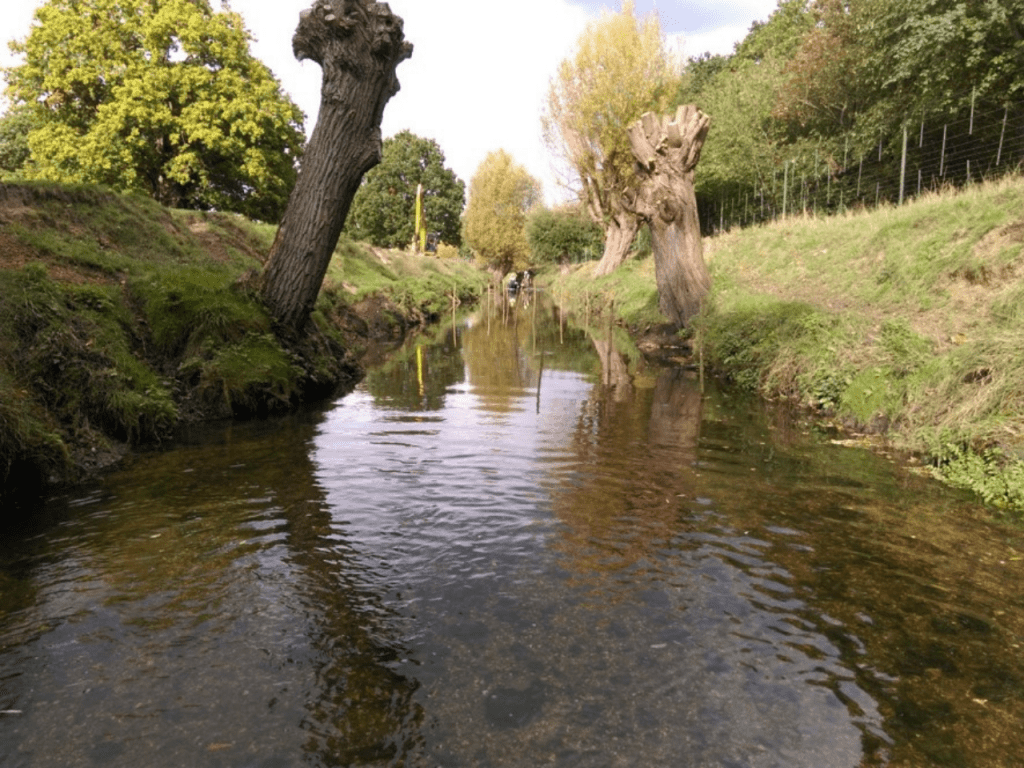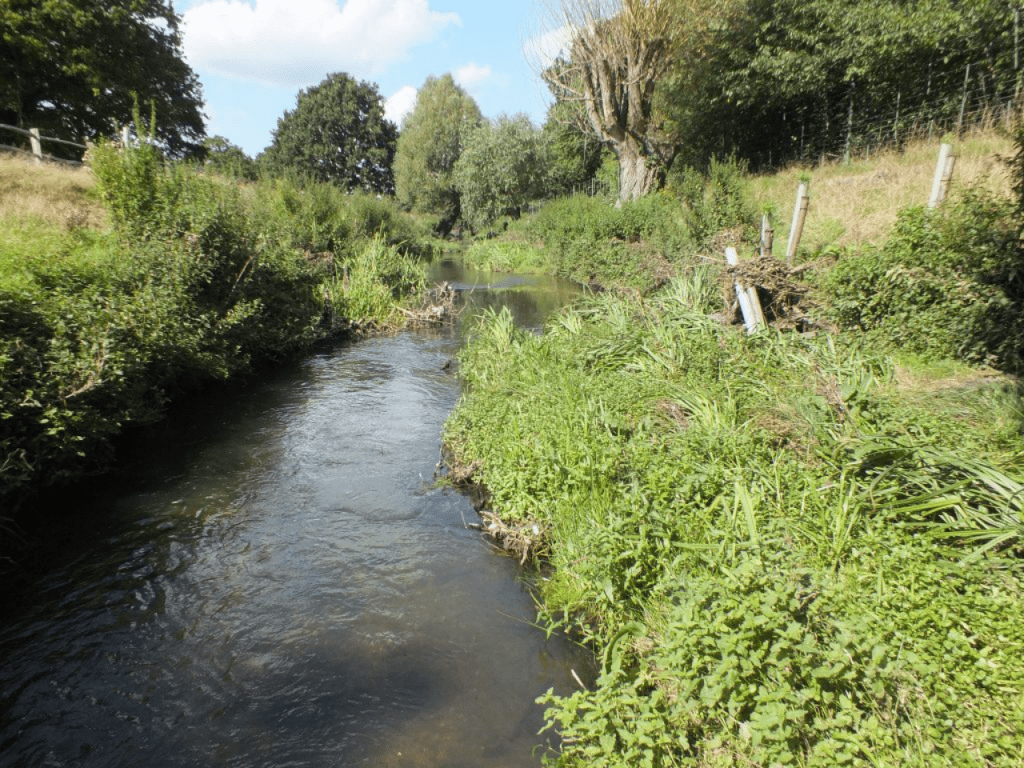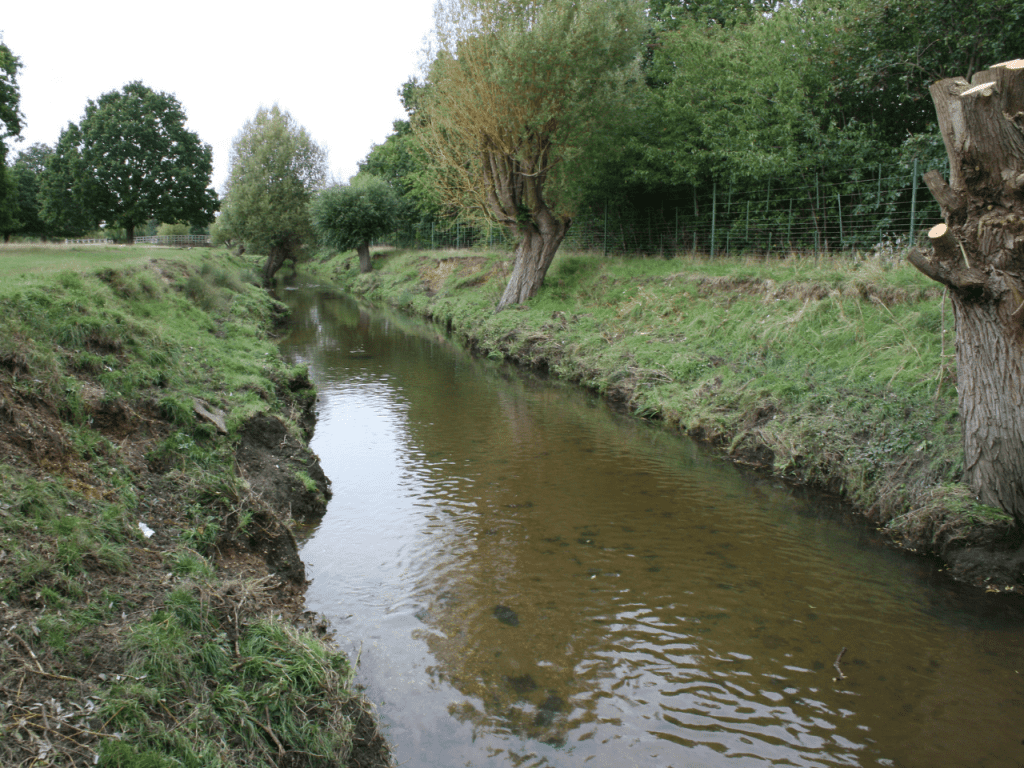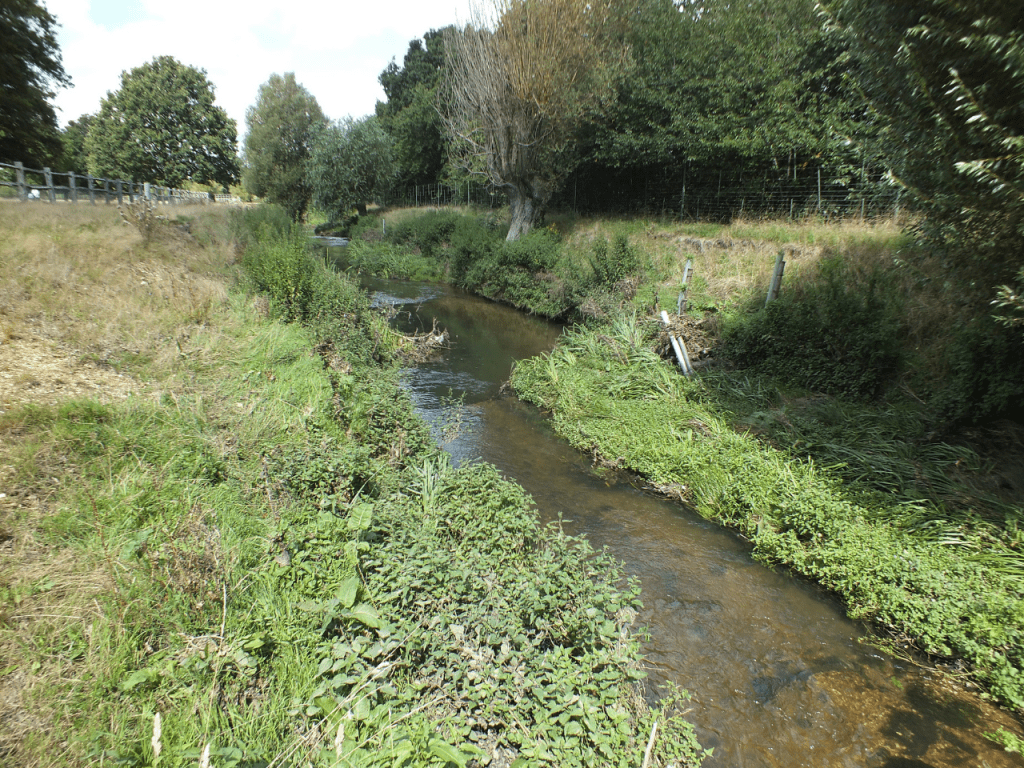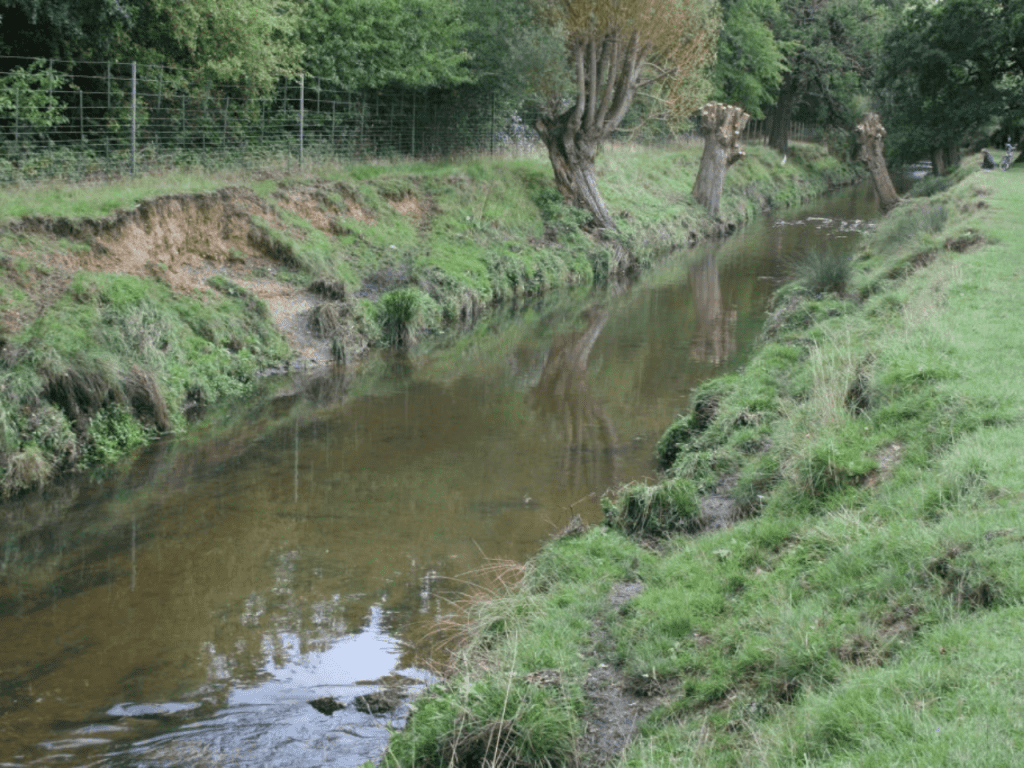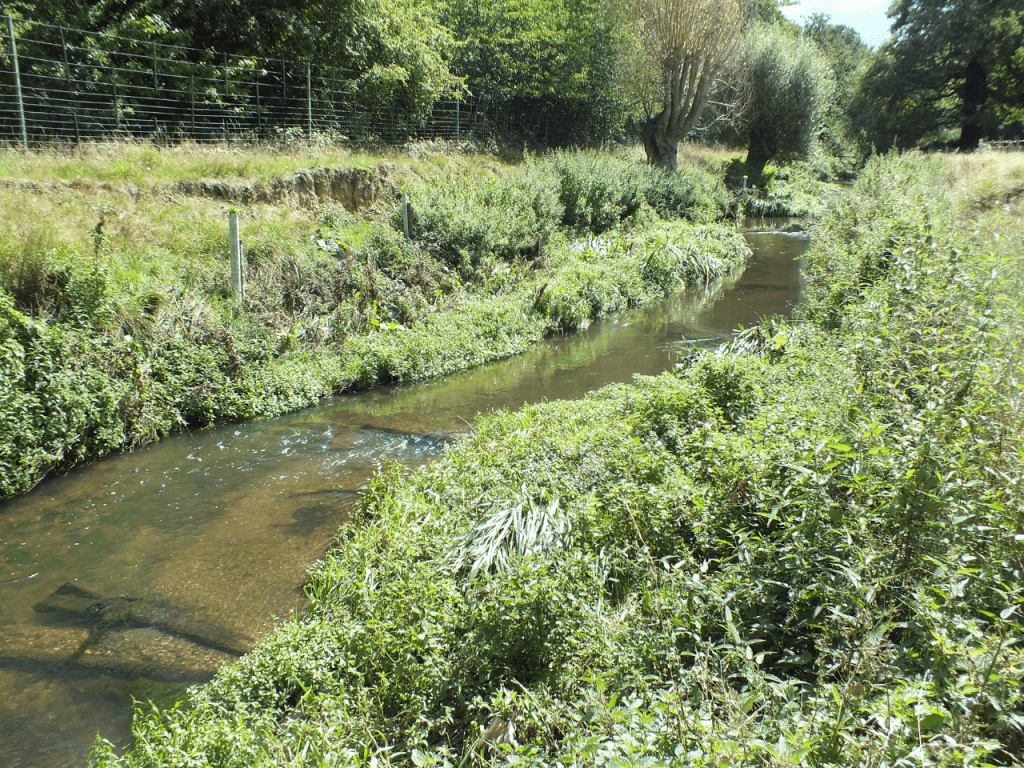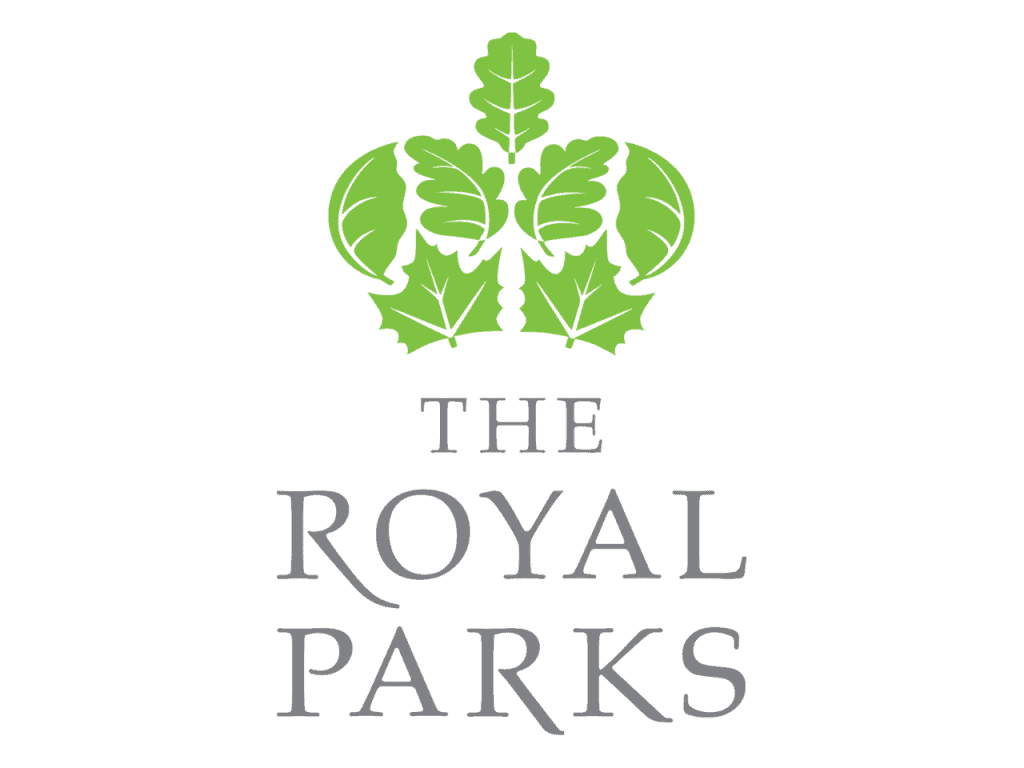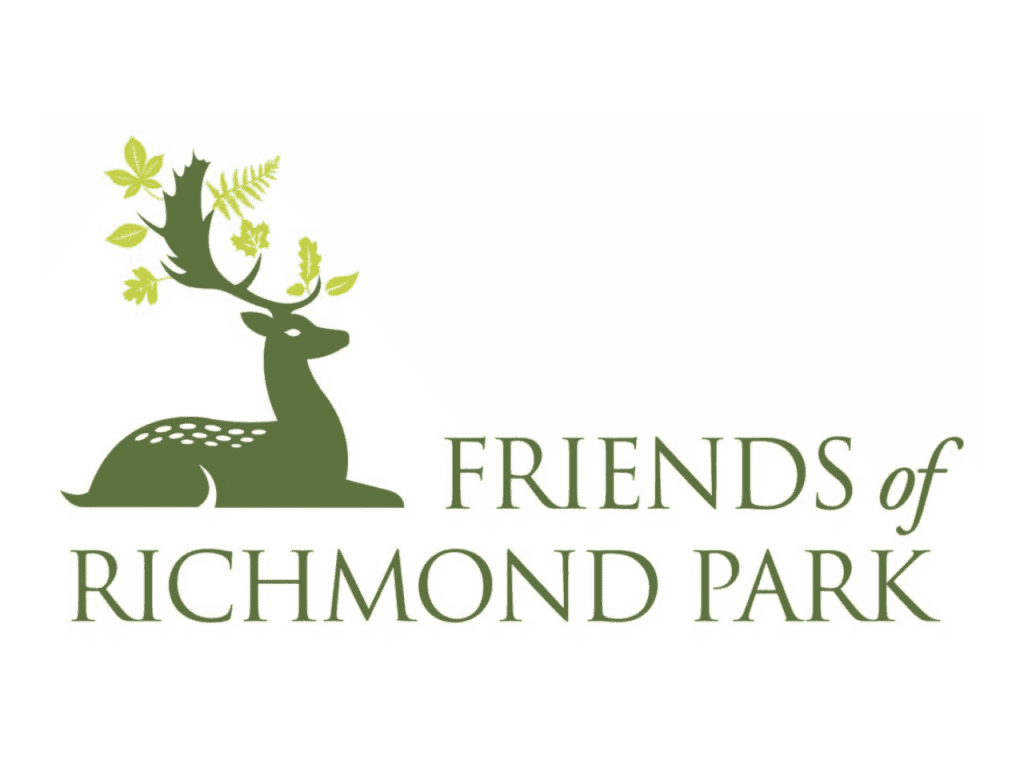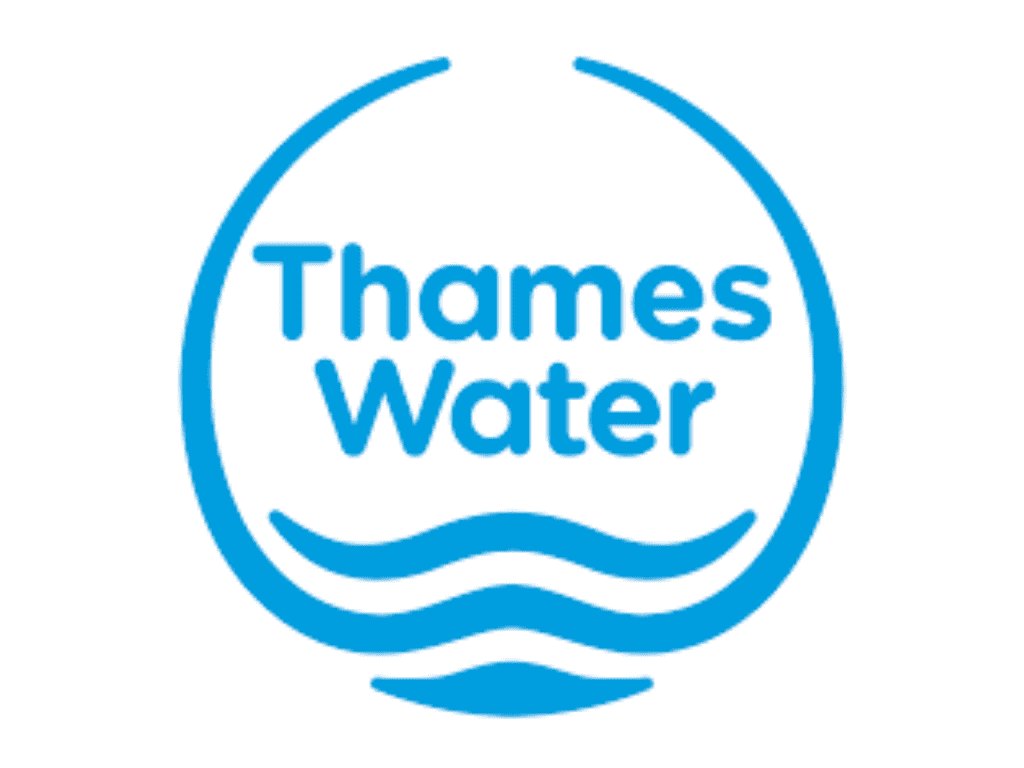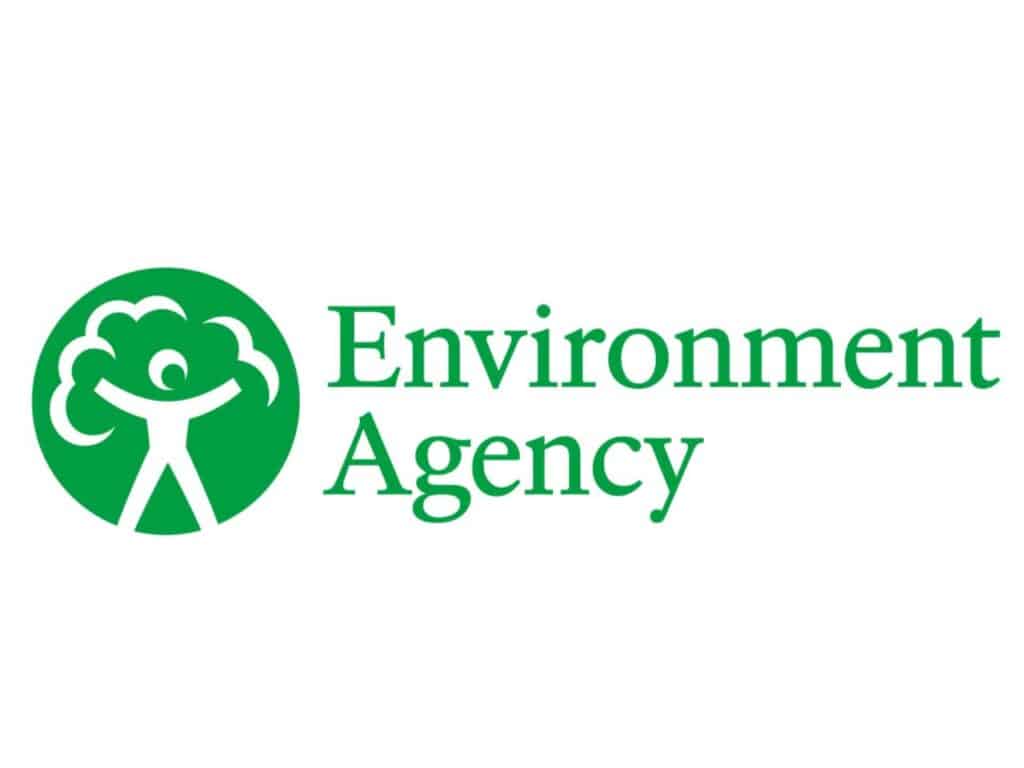Intercepting pollution
Surface water runoff from the A3 and surrounding urban environment flowed through an open ditch network across Richmond Park Golf Course, before entering the Brook.
Road runoff is known to negatively affect aquatic life, bringing with it a toxic cocktail of pollutants.
We created a siltation pond and 800 m2 of wetland along the ditch network to intercept pollution and clean the water entering the Brook.
On another polluting surface water drain, a Downstream Defender was installed. This intercepted the polluted water, removed the contaminated sediment and sent cleaner water to the Brook.
This work was funded by a partnership between the Rivers Trust and The Coca-Cola Foundation to help clean some of Britain’s most polluted rivers, reduce flood risk, and create new wetland habitats in both rural and urban locations across the country, replenishing 1.6 billion litres of water.
The Downstream Defender is an underground vortex chamber that traps contaminated sediments from surface water drainage systems that often carry pollutants from road runoff. SERT has been working with Hydro International – the company that manufactures Downstream Defender – on the efficacy of the Richmond Park Downstream Defender.
Results show that this “end of pipe” infrastructure has prevented thousands of kilos of contaminated sediment from entering the Beverley Brook.
Watch a video about the Downstream Defender at Richmond Park

